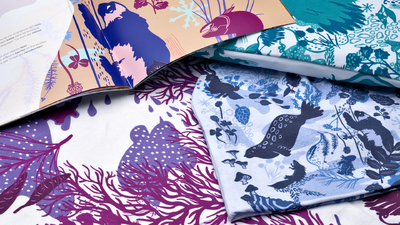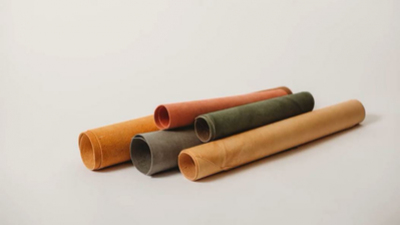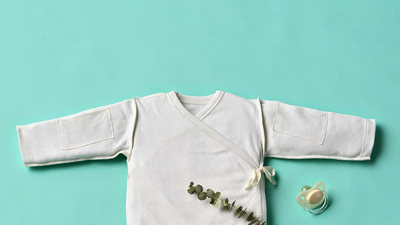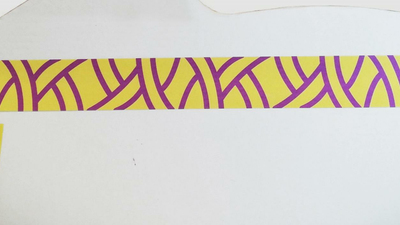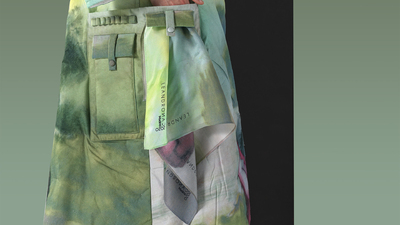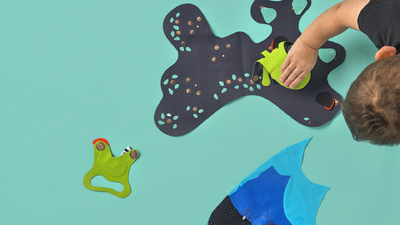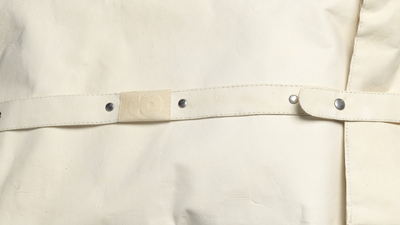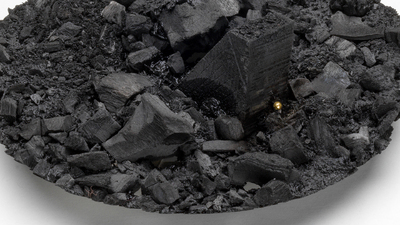Capsule Coat Project
The story of old bed linen turned into a premium design piece.
TAUKO, a sustainable Nordic fashion house based in Helsinki (Finland), was founded by designers and lifelong best friends Mila Moisio and Kaisa Rissanen. Since the very first steps of their friendship, they understood how they share the same values, love for travel, art and environment. Together with Rutiks OÜ, a family-owned sewing company in Loksa (Estonia), they teamed up to create a Capsule Coat for Worth Project.
At the end of our university studies for becoming art researchers, we got inspired by fashion and wanted to work for something that has an immediate effect on the social and environmental problems that our time is facing. After extensive research on the fashion industry and learning more and more about textiles, there was no turning back: we set out on a journey to create a fashion brand that lived up to our expectations.
We have been developing TAUKO since 2008. Our mission was always to create carefully designed products that live up to our own expectations.
It took us five years to find the right materials for our products and it was quite an unexpected coincidence that took us to the textiles we fell in love with: one of our first interns was a nurse as her first profession and she introduced us to the textile maintenance logistics and textile services that the healthcare industry is working with. In 2013 we released the first collection based on the extended lifecycle concept that we have been developing ever since.
Nowadays our production concept is fully based on repurposed waste textiles from textile service companies. B2B textile service companies provide textile maintenance for the whole healthcare sector, hotels, restaurants, public institutions, and many others.
Due to small mistakes or chances in their product offer, textile service companies discard textiles on regular bases. Very little, if any, of these discarded textiles are reused or recycled. Instead, most of them are burned. The product portfolio of the textile service companies includes house textiles such as bed linen which can be easily repurposed for fashion.
The Worth Capsule coat project has been helping us to develop the design and material research to be able to offer timeless design pieces for the premium fashion market. The Capsule Coat is designed with three versatile and combinable pieces, made mainly from old hospitality textiles with the lining from recycled ocean plastics and buttons from recycled brass.
With our partner Rutiks Oü we have been prototyping and essentially creating the production method for used industrial textiles. The project has helped us to build the foundation for a
supportive and trustful long-term relationship with each other. Working with tight deadlines, new design and new materials has encouraged us to take the next steps as a brand and as a business.
Rutt Ignahhin, the owner of Rutiks, is dreaming already to step aside from the company for a well-deserved pension, and with the boost, we got from the Worth project, we hope to be able to motivate Rutt’s son to take over the sewing company in Loksa!
The trickiest parts of the whole process were related to the design. Our original idea was to create a multi-layered coat with a quilting technique. The first design samples ended up too heavy to wear or turned our models into sausage-like figures, which threw us into a new design path. With the new direction, we moved from the original idea of two-layered coats into a garment made out of three pieces, two out of which are padded puffer designs. We named them Hug coat, Hug cape, and a Touch dress coat due to the soft and tender feel they create... And actually, they even produced two little offspring as an extension of the project: Hug bag and a Hug trapper hat!”
“We hope to take TAUKO and Rutiks to yet another, new level, with more research and experimentation on both materials and design. It would be wonderful to see our partnership in the future as one of the forerunners of circular fashion with a positive impact on the environment and local economies.”













